Acrylonitrile Market Summary
As per MRFR analysis, the Acrylonitrile Market Size was estimated at 11.6 USD Billion in 2024. The Acrylonitrile industry is projected to grow from 11.75 USD Billion in 2025 to 13.37 USD Billion by 2035, exhibiting a compound annual growth rate (CAGR) of 1.3 during the forecast period 2025 - 2035.
Key Market Trends & Highlights
The Acrylonitrile Market is poised for growth driven by sustainability and technological advancements.
- North America remains the largest market for acrylonitrile, driven by robust industrial applications.
- The Asia-Pacific region is emerging as the fastest-growing market, fueled by increasing demand in various sectors.
- Acrylic fibers dominate the market, while ABS is recognized as the fastest-growing segment due to its versatility.
- Rising demand for synthetic fibers and the expansion of the automotive sector are key drivers propelling market growth.
Market Size & Forecast
| 2024 Market Size | 11.6 (USD Billion) |
| 2035 Market Size | 13.37 (USD Billion) |
| CAGR (2025 - 2035) | 1.3% |
Major Players
INEOS (GB), Mitsubishi Chemical Corporation (JP), LG Chem (KR), SABIC (SA), Asahi Kasei Corporation (JP), Nippon Shokubai Co., Ltd. (JP), Huntsman Corporation (US), LyondellBasell Industries (US)


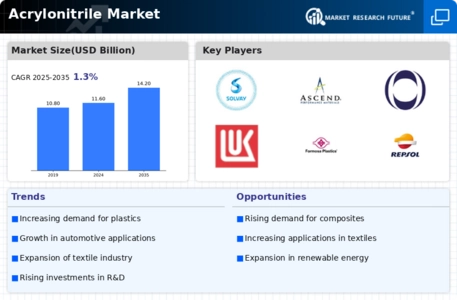
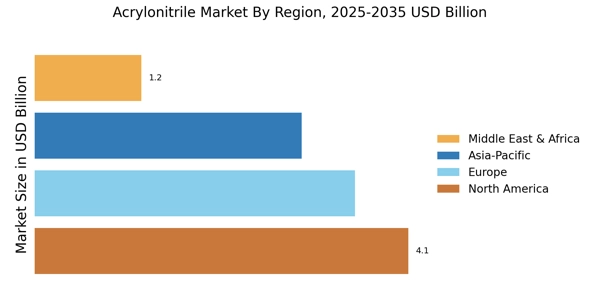
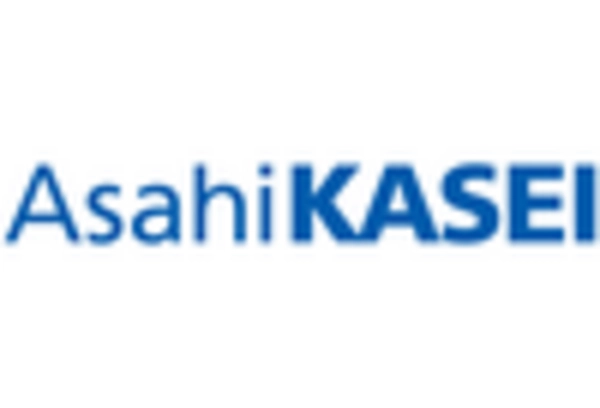

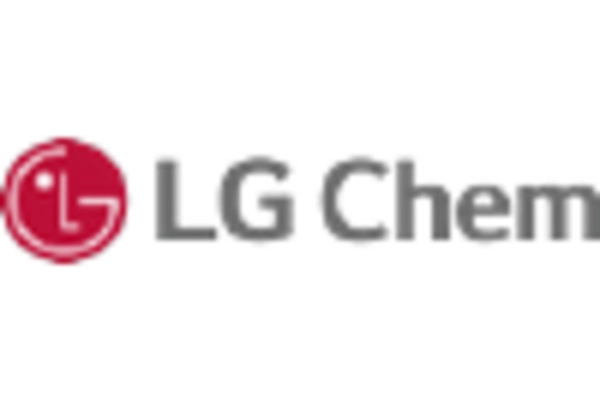

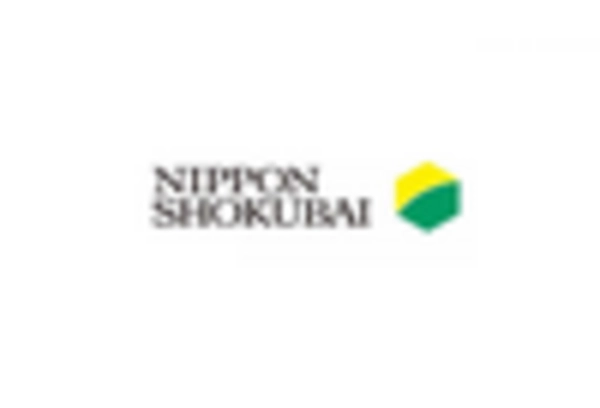









Leave a Comment